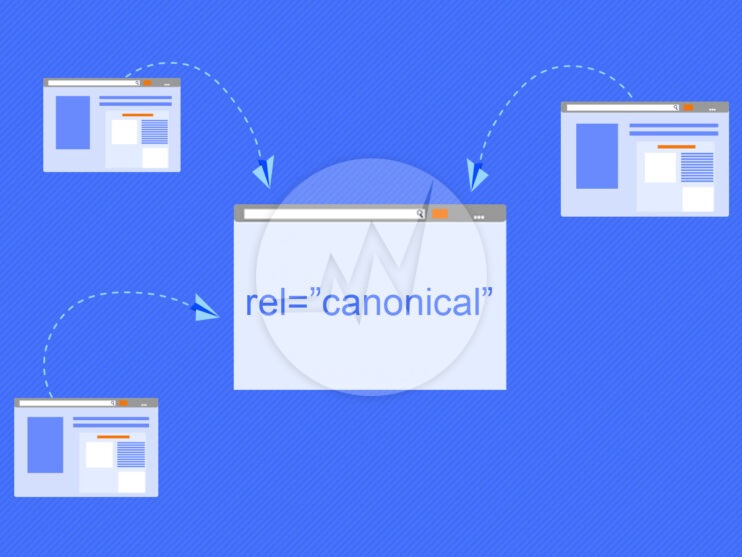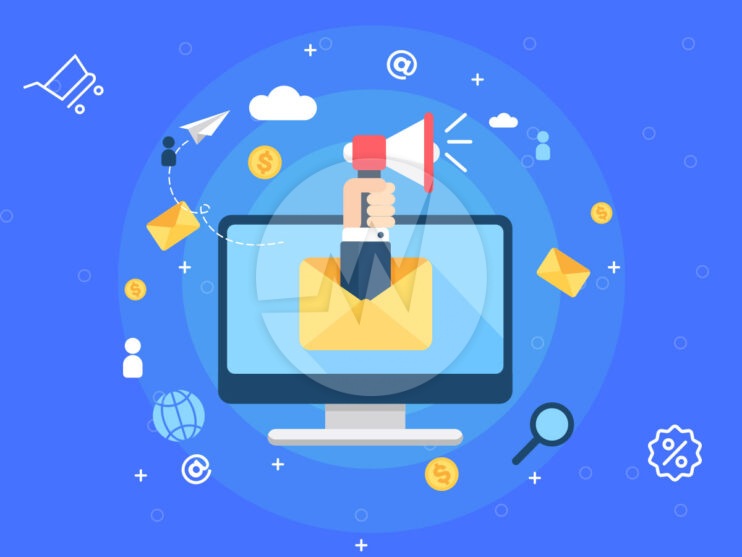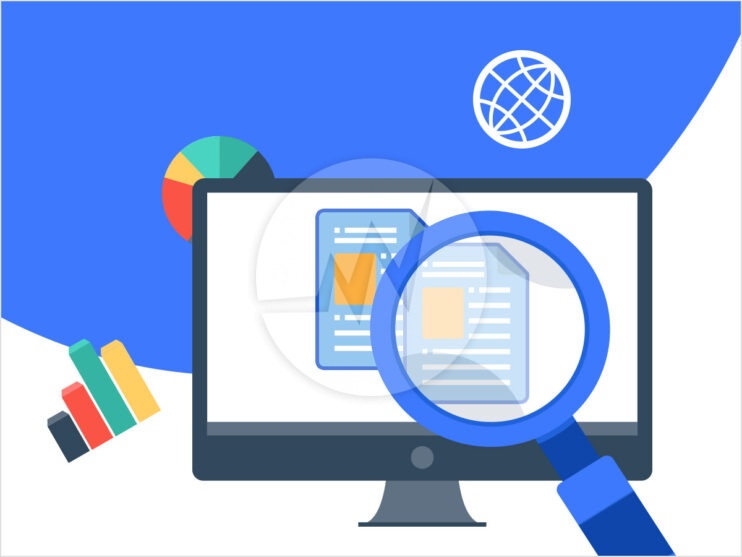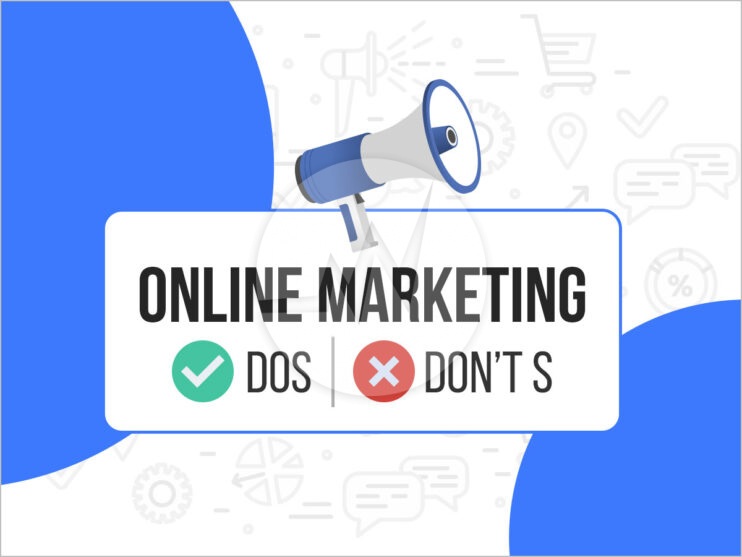How to Utilize Canonical Tags for SEO Best Practices?

General
Before we get into the errors with canonical tags, you should first know what a canonical tag is and why it is so important for SEO. Canonical tags affect SEO from two perspectives. You have a direct influence on the display of the search results. They can also influence the general ranking of a website based on several factors such as structure, user experience and PageRank flow.
What are canonical tags and why do they exist?
Canonical tags were created to address duplicate content issues. In short, if you have three duplicate pages, you can only pick one of them that will appear in SERPs. In this way, you can help search engines easily decide which page to display in search engine results. However, canonical tags will only help search engines if you use them properly. Therefore, you should always have this implemented by your link building agency that has the appropriate experience. There are many misunderstandings and we will go over them all. Before we go any further, let’s better understand how search engines handle duplicate content:
How does the Canonical Tag affect SEO?
Since the canonical tags were implemented to solve duplicate content issues and help rank pages for search engines, it clearly has something to do with SEO. Canonical tags influence the ranking of search engines in two ways:
- It can directly influence the display of search results:
You can basically tell Google that this page should be displayed instead of this page. So, if you rank B on a keyword, you can basically tell Google to show Page A instead. - Correct canonicalization of pages can also lead to a general increase in ranking due to several factors: As already mentioned, Google likes it if you make it easy for yourself. Canonical tags also allow you to focus on a smaller group of pages which target the search engines while keeping all the other pages on your website for a better user experience.
Common Canonical Tag Mistakes That You Should Avoid
Canonicals tags, while in full control, are a branch of technical search engine optimization and can be difficult to work with in certain situations. Canonicalization errors can lead to display problems in search engines and of course to lower rankings. The worst thing is that the mistakes usually go unnoticed for a very long time.
1. Rel = Canonical & Mobile versions
A common mistake is for users to associate their mobile URL versions with a canonical tag. The correct method is to add a canonical tag that points from the mobile URL to the desktop URL, as well as an alternate tag that points to the mobile URL from the desktop URL. Even in a first-index mobile world, Google has indicated that you should keep the same setup, rel-alternating from desktop to mobile and from mobile to desktop.
2. Indication of irrelevant content in the canonical tag
The point of the canonical tag is to fix duplicate content issues. Trying to only classify certain web pages for different keywords won’t work very well. Google will find out your game.
If you think you have two articles or pieces of content that are fairly similar, you can canonicalization one version, but it’s always a better idea to just redirect the weaker version to the stronger. Perhaps even consolidate the two into the stronger URL.
3. Multiple Canonical Tag versions
Adding multiple canonical tags makes sense. However, having multiple canonical versions is completely uninteresting to the search engine. If we chose canonical tags to help search engines make decisions, having multiple canonical tags on the same page basically means that it is a duplicate page. You can choose to view this page or this page. Having multiple canonical tags on a page referring to different major versions is really bad for your website. While they are likely to be ignored altogether, it is better if you avoid them.
4. HTTP and HTTPS problems
Often times, when users are merged from HTTP to HTTPS, they forget to fix the canonical tags as well. Even though you’re running your website on HTTPS, the canonical tag tells Google to check the HTTP version instead. If you’ve set your 301s correctly, Google will send the redirect back to the HTTPS in an endless loop.
5. Canonicalization paginated content
People make the mistake of canonicalization the first page of a list. This is a bad idea if all the other pages will have unique content, and are organized by different keywords. If you have an all-page view, you can only use the canonical tag once, displaying the content on all the other pages. Loading this page will probably take forever.
6. Using Noindex instead of or with rel = canonical
If you don’t want your page to be indexed at all, and never to appear in search engines or be able to rank, you should use noindex. Canonical tags are more likely to be ignored than noindex tags. Given that canonical tags also meet link equity requirements, these should be considered. Who knows, someone might link to your noindex page.
Google will likely ignore mixes of canonical and no-index tags and treat them as errors. It’s better if you don’t use both. You either don’t index a page or you add rel-canonical. Noindex is a great way to deal with duplicate content. You can also do this through the Robots.txt file. however, that you pass the link equity with a canonical tag, while you don’t pass the link equity with the no index. Since you can’t have both, I’ll let you figure out which is the best.
Add a canonical tag
Adding canonical tags in HTML is very easy. However, managing them and avoiding conflict is not that easy. You want different canonical relationships for different page types. There are no shortcuts. Sometimes advanced programming skills are required to get the features you want. This is not very easy as most platforms generate search pages dynamically with no access to their code to add your tags.
An alternative to canonical links is the Google Search Console’s URL parameter tool. This allows you to specify which specific URL parameters should be excluded from the search.
Attention! Adding incorrect settings in Google Search Console can have a significant impact on the indexing of your website. So, make sure you know what you are doing, let a professional SEO agency do it directly. Having a very large website with tons of parameters can save you a lot of time and money.
Do you need any help regarding why your website is not being indexed by Google? Or want to fix them? Or website suffering from duplicate content issues. We are happy to assist you. Please Explore our SEO Services! We also provide regular website maintenance services from a small content update, webmaster sitemap updates, bug fixing, troubleshooting, critical security updates, SSL certification, module configuration, installation to version upgrades and much more. For more information, explore our website maintenance services.






